CLIQS 1D Pro Image Database Software | Tutorial Series | How to Match Bands Across Your Database


In this video we show you how to perform a search of your blot or gel database to find matching bands across lanes, how to fine-tune your search parameters and how to express your matches statistically.
This is especially useful if you have a known set of standards for QC of gels/blots that you wish to run against your database to make sure they’re present in every experiment or wish to run a longitudinal experiment and want to identify when known proteins appear over time etc.
00:00 – Intro
00:18 – Display Explanation
00:35 – Match Parameters Explained
00:45 – Match Sets
01:47 – RF Vector Explained
02:17 – Minimum and Maximum RF Explained
02:47 – Lane Similarity Algorithm
03:13 – Band Classes
05:17 – Profile Display Options
05:48 – Show Molecular Size
05:55 – Remove Background
06:36 – Table Settings
07:43 – Adding and Removing Bands
08:27 – Matched Bands
08:47 – Adding and Removing Matches
09:16 – Lane Pairs
10:31 – Band Matrix
12:18 – Lane Similarity
13:02 – Lane Similarity Score
13:55 – Exporting Data
14:34 – Outro
CLIQS 1D Pro allows the building of a database of lanes and bands extracted from images of 1D gels and blots which can then be searched and compared to unknown samples to quickly identify them. The algorithms embedded within CLIQS 1D Pro effectively compensate for any distortions between different gel runs to allow accurate comparisons and matching between samples, as if they were all run on the same gel at the same time.
CLIQS 1D Pro was specifically designed to facilitate research techniques such as Inter simple sequence repeat (ISSR)-PCR, PFGE bacterial DNA fingerprinting (PFGE), denaturing gradient gel electrophoresis (DDGE), restriction fragment length polymorphism, enterobacterial repetitive Intergenic Consensus (ERIC) PCR and single-strand conformation polymorphism (SSCP) electrophoresis.
For a free trial of CLIQS 1D Pro to see how well it works creating a database from your own images, please fill in the form here.
